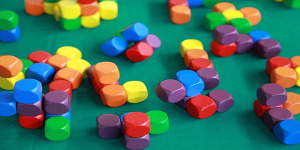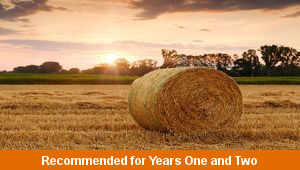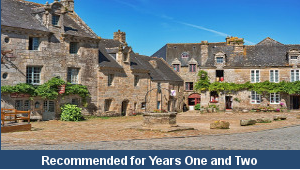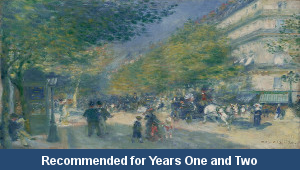Maths Year One Planning Term One
Discover some schemes of work, lesson plans, classroom worksheets and interactive activities to develop skills in maths for Year One in Key Stage One to teach about number and place value, addition and subtraction, money and shapes
Number and Place Value
Explore the value of numbers to twenty when using concrete equipment and diagrams to compare and order different sets of numbers

(A) Counting and Grouping
Identify and record how to count and group different numbers to ten into matching sets of shapes and digits using concrete objects and diagrams

(B) More and Less
Identify and record the matching sums that are one more and one less than numbers to twenty using concrete objects and diagrams

(C) Number Comparisons
Use concrete equipment and diagrams to model how to compare numbers within twenty by the value of their digits when recording equations using numbers and symbols

(D) Number Order
Use concrete equipment, diagrams and informal calculations to identify, match and record pairs of different numbers that make sums to ten
Addition and Subtraction to Ten
Practise different mental techniques and informal written calculations to add and subtract pairs of numbers with matching sums to ten when solving number problems

(E) Addition Sums Ten
Use concrete equipment, diagrams and informal calculations to identify, match and record pairs of different numbers that make sums to ten

(F) Digit Addition
Practise adding different pairs of single digit numbers to record matching sums to ten using concrete equipment and diagrams to support calculations

(G) Subtraction Digits
Model and illustrate how to subtract pairs of single digit numbers within ten using concrete equipment and diagrams to support the subtraction calculations

(H) Subtraction Differences
Name, describe and compare a range of different 2D shapes by their matching properties by sorting and grouping shapes with the same geometric characteristics

(I) Subtraction Problems
Identify and practise techniques that can be used when solving number problems related to subtraction
Geometry
Investigate and illustrate the properties of some common 2D and 3D shapes using the correct vocabulary to describe what makes the shapes special

(J) 2D Shapes
Name, describe and compare a range of different 2D shapes by their matching properties by sorting and grouping shapes with the same geometric characteristics
-

Farm Prints
Practise and demonstrate different techniques when printing a range of shapes and patterns that can reflect themes and ideas related to farming
-

Towns and Villages
Identify, describe and compare some of the changes to different buildings that have occurred in the school neighbourhood over time
-

Renoir
Explore the artwork style and painting techniques of a famous European artist to replicate when creating a picture of a school scene
-

Word Groups
Explain and model how to use tables to organise and sort special vocabulary words into groups to match specific criteria
